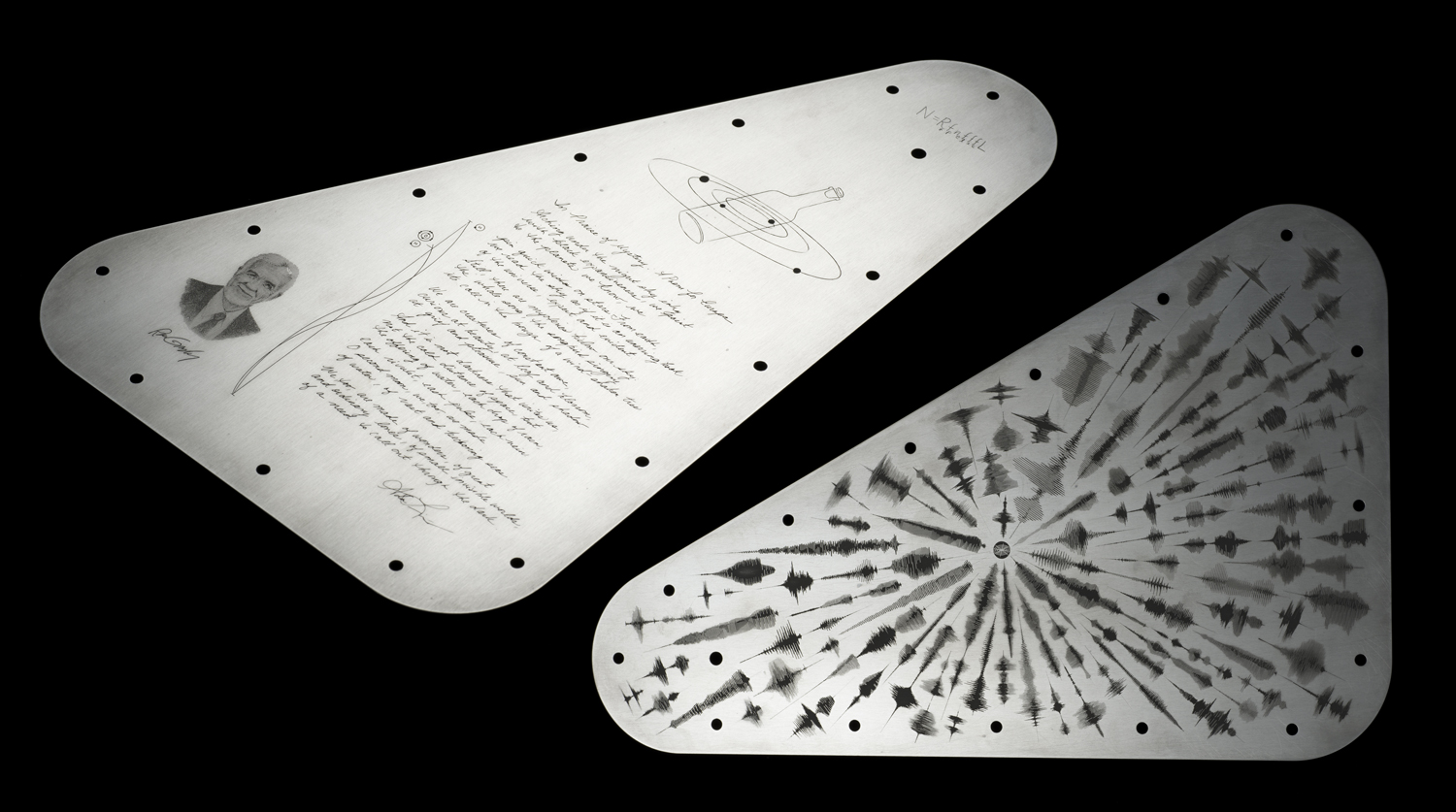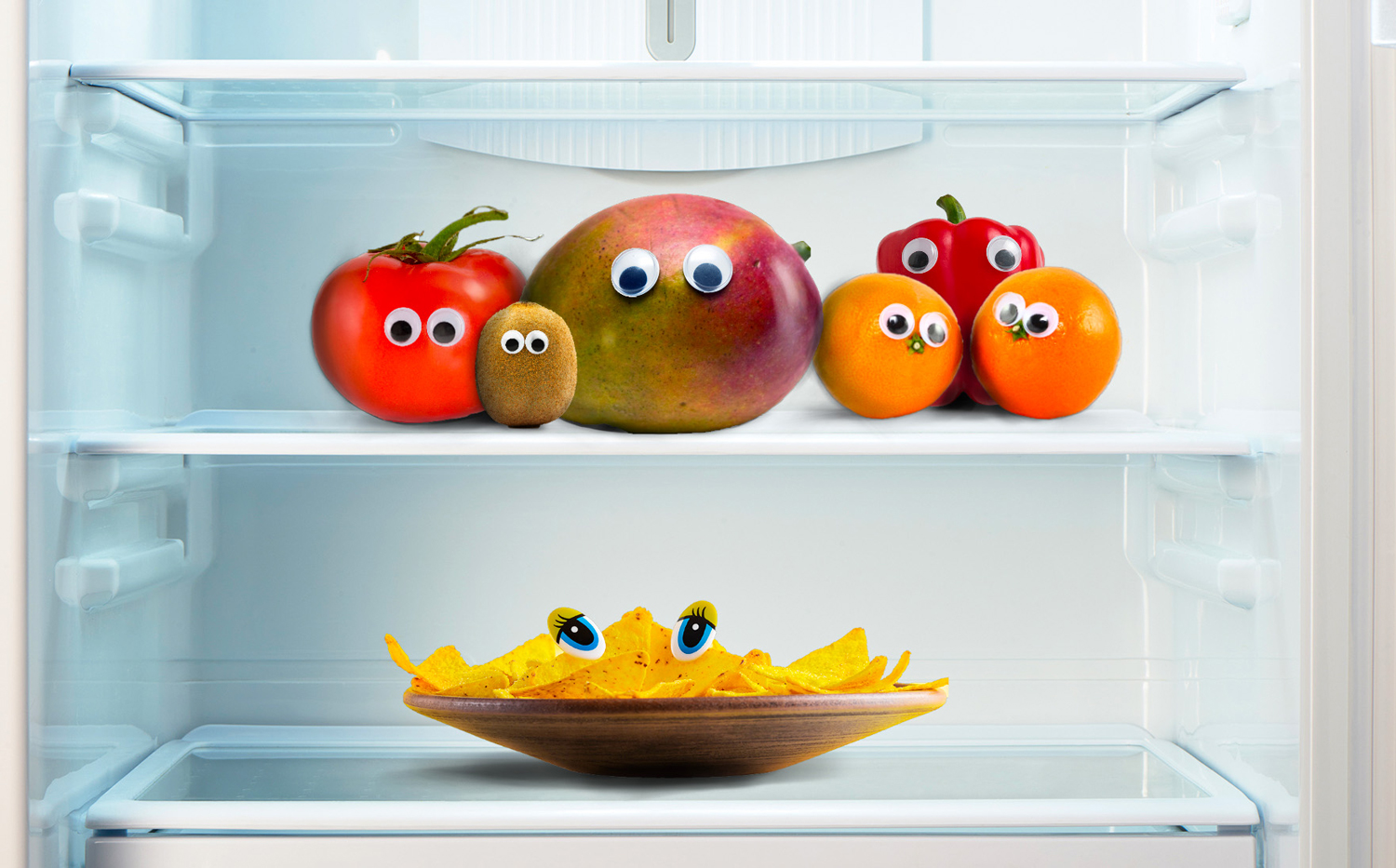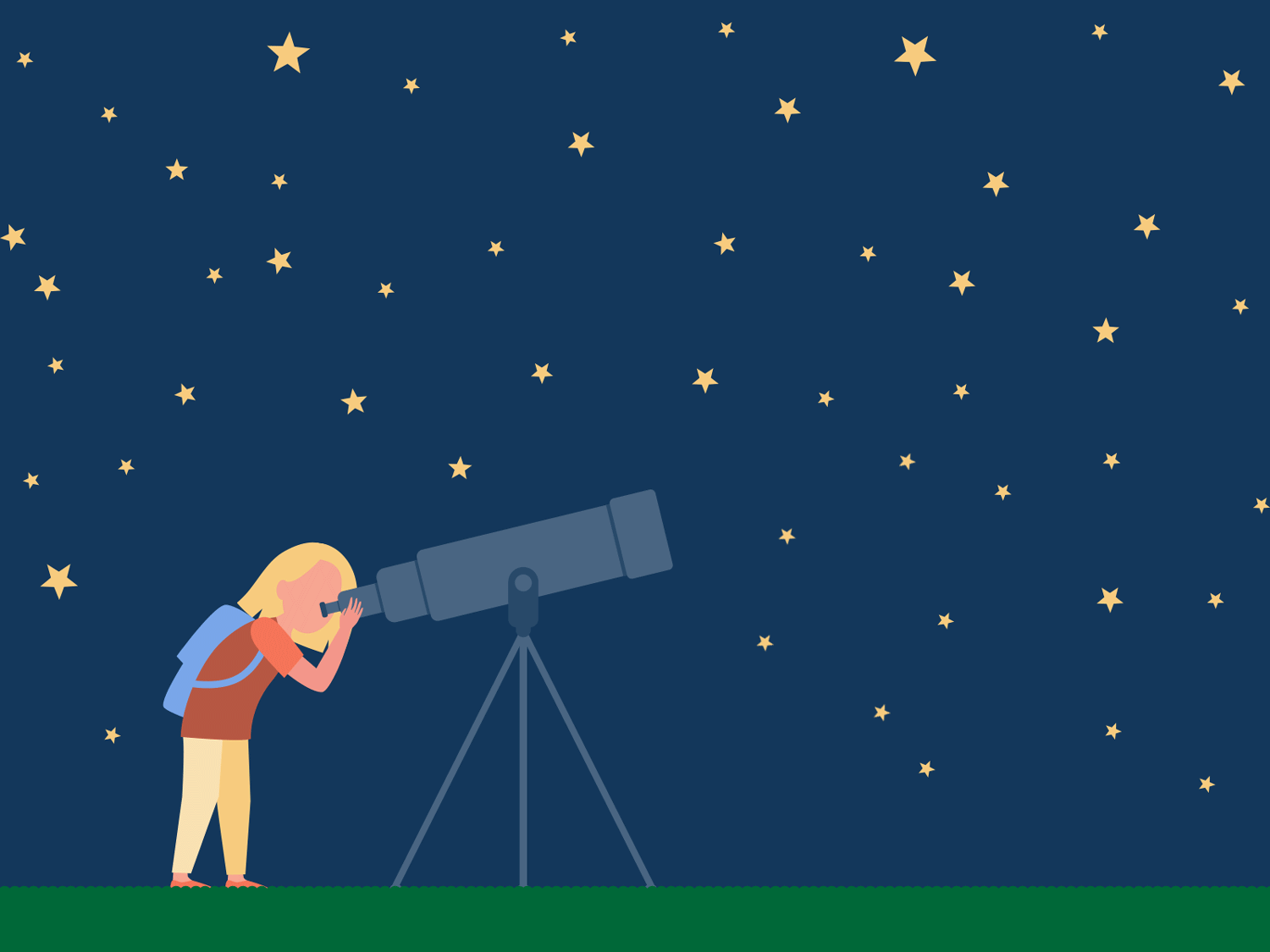Hello Out There!

NASA will send this message into space aboard its Europa Clipper spacecraft, which will head to one of Jupiter’s moons.
Is Earth the only place where life exists, or are there living things in other parts of the universe? Scientists don’t know the answer yet. But in a few months, NASA will launch a message into space.
NASA is calling its project “Message in a Bottle” because it’s sort of like putting a written message into a bottle and throwing it into the ocean, hoping someone will find it. NASA’s message is engraved, or etched, onto a metal plate. The plate will be attached to NASA’s Europa Clipper spacecraft, which will be launched in October 2024. Clipper will travel 1.6 billion miles (2.6 billion kilometers) to Europa, which is one of Jupiter’s moons. The spacecraft will then take pictures and collect information about Europa. Scientists are interested in Europa because there’s an ocean under its surface. Liquid water is necessary to support life, so any time scientists find water beyond Earth, they study the possibility that life exists there.
If there is life on Europa, it won’t respond to NASA’s message. For one thing, it would be marine (sea) life, and it could be very tiny and not very complex. But if intelligent aliens ever do discover the metal plate, they’ll know that it was made by living beings. Maybe they’ll even figure out that it was made by living beings on Earth.
NASA’s message was inspired by Earth’s water and how it makes life possible here, just as water might make life possible on Europa. Here’s what is etched on the metal plate:
- A poem written by Ada Limón, the poet laureate (national poet) of the United States. It’s called “In Praise of Mystery: A Poem for Europa.”
- An illustration of a bottle inside the Jupiter system, which includes the planet along with its rings and moons.
- A portrait of Ron Greeley, a scientist who was involved in NASA’s early efforts to send a spacecraft to Europa.
- Drawings of sound waves. The waves represent the sound of the word water as it is spoken in 103 different languages.
If you’re interested in reading Limón’s poem, you can find it on NASA’s website.





